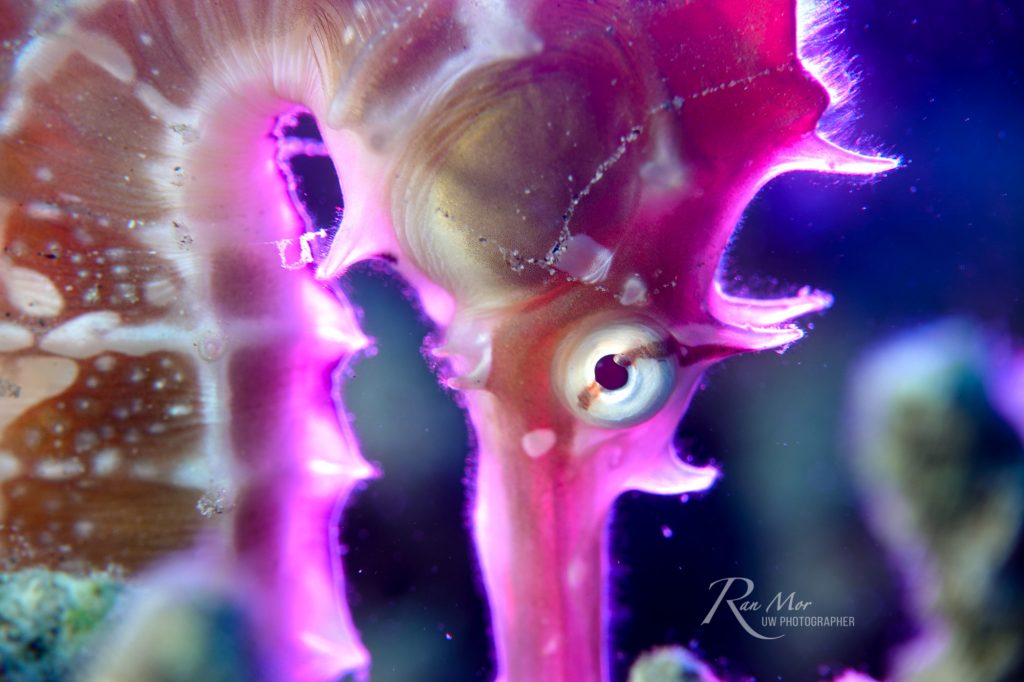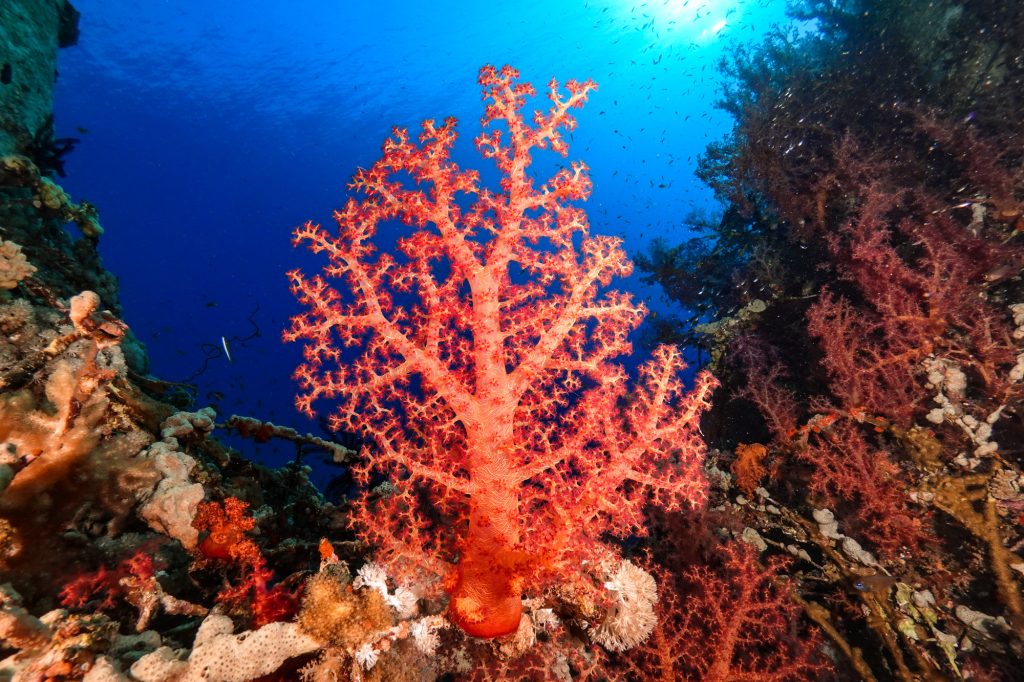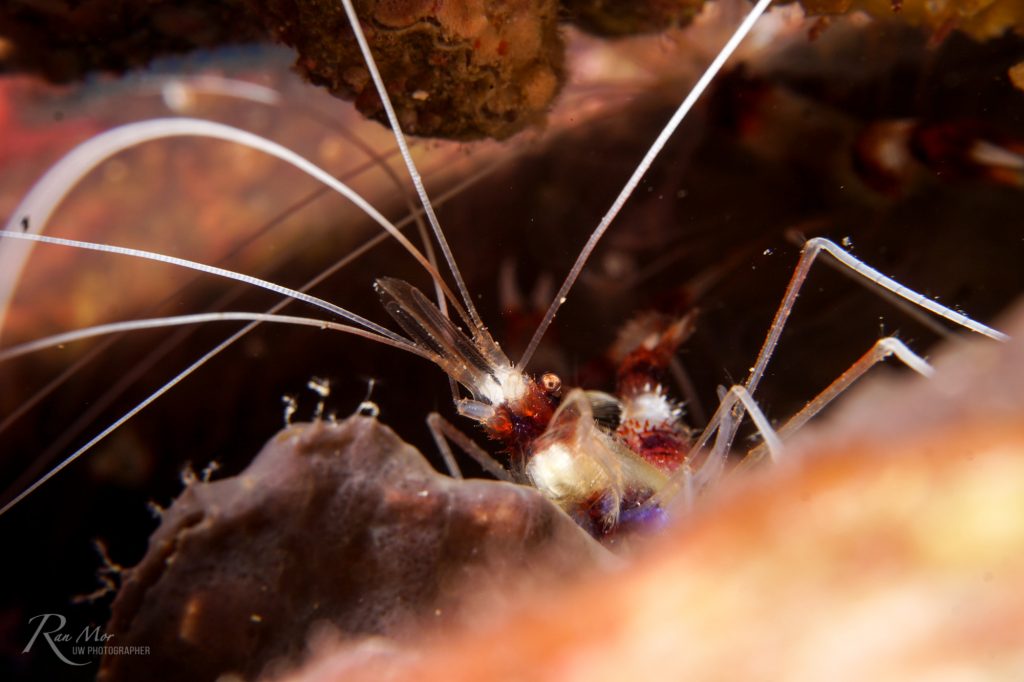Native Lenses vs. Wet Lenses for Underwater Photography
It used to be very simple. DSLR/Mirrorless underwater shooters would use native wide angle and macro lenses, whereas compact shooters relied mostly on wet lenses to extend their range and get proper wide angle or macro.
Nowadays, in the mirrorless era, the lines have blurred and it’s quite difficult to decide which way to go.
In this article we’ll discuss the differences between using a native camera lens with a compatible port, vs using a flat port with a wet lens attached.
The Case for DSLR Lenses Underwater
When using a DSLR, it’s quite straightforward. For the most part, DSLR lenses don’t play very well with wet lenses, so you’re pretty much forced to use native lenses (check out this guide on choosing the right one for you).
This is mainly due to the physical size of the lenses and port opening, which would require massive and expensive wet lenses to produce proper results.
There are exceptions of course.
- Macro wet lenses are very common and UW photographers use them all the time, mounted on a dedicated macro lens such as the Canon 100mm or Nikon 105mm. These wet lenses significantly increase the already quite good magnification of the native lens and allows super macro, filling the frame with the tiniest subjects.

This cannot be achieved with a macro lens alone, since it has limited magnification and longer minimum focus distance.
- Wide angle wet lenses – Nauticam have produced a line of high end wide angle wet ports, such as the WACP and the new WACP-2 which are designed to fit on native lenses and produce a wider, crisp image without compromising on quality.
However, these ports would cost you just over $9,000 USD (yikes!), so they are aimed mostly at professional photographers.

The case for underwater compacts
Compact cameras have a fixed lens. These days most compacts have a wide focal range of 24mm and varying zoom capabilities.
Macro capabilities also vary between cameras, but for most cameras, built-in macro isn’t all that impressive.
This means that in order to get any proper wide angle shot, or great macro shot, wet lenses are required.
An exception to that is the Olympus TG-7 which has a microscope mode that allows you to focus from less than 1/2″. This does require you to get close but you can get insane magnification without any macro lens. Thats what makes this camera so popular.
Some compact housings, for example, Ikelite TG-7, allow interchangeable ports. With these housings you can use a dome port to extend your wide angle range by 25%, but it still isn’t the nice fisheye effect we usually look for in underwater photos, it just gives you back the original field of view of the lens underwater.
Other housings which allow you to replace the ports are Nauticam or Isotta for the RX100 VII which have a short port version to allow a wet lens to sit close to the cameras internal lens.
In general, its not a problem to use wet lenses on compacts and in fact is highly recommended. The housings are made for it.
Read this article to learn everything you need to know about wet lenses


Mirrorless Cameras – Native Lenses vs Wet Lenses
This is where it becomes interesting!
Mirrorless cameras are a combination between compact and DSLR. Now in 2023, they’re pretty much replacing DSLR’s to a point where it seems no new DSLR’s will be introduced to the market again.
They have interchangeable lenses, but are small enough to accommodate wet lenses (in some cases), both wide angle and macro with pretty good results.
The question is, which is right for you?
Pros of using native lenses on mirrorless cameras:
- Native lenses produce the best optical quality -The lens is perfectly designed for the camera, the recommended port combination is tested before hand for optimal optical results and overall the result is best.
- Easy to shoot split shots (over / under) – This type of shot is much much easier with a native wide angle lens and dome port. It’s not impossible to achieve with a wet lens, but much more challenging and results are not as nice.
Read this article on how to get perfect split shots - Corners sharpness is best – The first noticeable reduction in quality when using wet lenses is soft corners. This happens because of the heavy optical modifications done by all the additional elements. With native lenses the light beams are aligned much better towards the sensor and corner sharpness is usually better. This also means you can use a wide aperture, letting more light in, without worrying about your corners!
- Zoom is usually possible and doesn’t harm quality – When using a wide angle wet lens, in certain combinations zooming in won’t work at all, since the camera won’t focus. With native lenses this is never an issue.
- More working distance for macro photography – Wet lenses improve your magnification, but also lock you to a certain working distance, that is usually very short, making the shot much more challenging, especially if your buoyancy isn’t perfect yet or you’re dealing with currents. With native lenses you can use the entire focus distance range and shoot both macro shots and medium shots without changing anything.
- Buoyancy is often easier – Wet lenses weigh quite a lot underwater, whereas dome ports provide positive buoyancy due to the air trapped inside. This helps you with buoyancy instead of dragging you down, requiring additional float arms to reach that perfect neutral buoyancy.
- No vignetting (black corners) – Some wet wide angle lenses and all macro lenses requires zooming in to get rid of the black corners. With wide angle lenses it’s usually minor, but does require remembering to zoom in, or cropping it afterwards. With macro lenses it’s a necessity in order to use the macro lense properly. With native lenses there is usually full coverage on the entire frame even at the widest setting.
Sample photos taken with a mirrorless camera and native lenses (no wet lenses used)



Pros of using wet lenses on mirrorless cameras:
- Versatility is the name of the game – Going on a macro dive when a giant manta passes by? No problem! Quickly change between your macro and wide angle lenses and shoot away. Many of us know the feeling of getting “stuck” with the wrong lens on our camera underwater and watching the beautiful, rare subject swim away…
- More affordable – Going with native lenses often requires at least two expensive lenses and two expensive port combinations. Using wet lenses often cuts down the costs, since you can use just your kit lens with flat port and change between wide and macro wet lenses, that are generally more affordable.
- More travel friendly – Lets face it, dome ports are massive and quite fragile. Traveling with a big dome port can be a drag. Wet wide angle lenses are often smaller (though they could be quite heavy…), and usually have a nice padded case that comes with to protect it.
The challenge is not every combination of camera, lens and housing will allow the use of wet lenses.
For example, if you are using the OM System EM10 IV in the AOI housing, that camera comes with a kit 14-42mm lens that is used behind a flat port. This is great for wet lenses.
But, if you take the Canon R10 for example and use it with the kit lens (18-45mm) in an Ikelite housing, that lens is only supported behind a dome port and as such cannot accommodate wet lenses.
That means you not only have to consider what is right for you, you also have to consider what the camera/housing combination allows. I would highly recommend these considerations to be done before you buy a camera or housing as that may change your purchase decision all together.
Sample photos taken with a mirrorless camera + wet lenses



Conclusion
As you can see, the pros for native lenses usually outweigh the pros for wet lenses, but the two crucial decision makers are versatility and price. If those are top priority for you, then by all means get wet lenses! They are definitely capable of stunning results.
Use our ultimate guide to underwater wet lenses to determine which ones are best for you. You can also contact us via the online chat to get some advice from our photo pros!
However, if price is not a priority and you’re lucky enough to dive quite often, I would recommend native lenses for best quality and optimal results.
- Native Lenses vs. Wet Lenses for Underwater Photography – December 20, 2023
- The Complete Guide to Practicing at Home for Underwater Photographers – October 4, 2023
- Best Strobe for Underwater – The Ultimate Strobe Guide (Updated!) – June 29, 2023

 USD
USD